

Alchemy. Jung alchemy. Alchemy in the Middle Ages - A Medieval Proto-Science. Alchemy in the Middle Ages was a mixture of science, philosophy and mysticism.

Far from operating within the modern definition of a scientific discipline, medieval alchemists approached their craft with a holistic attitude; they believed that purity of mind, body and spirit was necessary to pursue the alchemical quest successfully. At the heart of medieval alchemy was the idea that all matter was composed of four elements: earth, air, fire and water. With the right combination of elements, it was theorized, any substance on earth might be formed. This included precious metals as well as elixirs to cure disease and prolong life. Alchemists believed that the "transmutation" of one substance into another was possible; thus we have the cliché of medieval alchemists seeking to "turn lead into gold.
" Medieval alchemy was just as much art as science, and practitioners preserved their secrets with an obfuscating system of symbols and mysterious names for the materials they studied. Goals: Suns in alchemy. A green lion consuming the sun is a common alchemical image, and is seen in texts such as the Rosarium philosophorum.
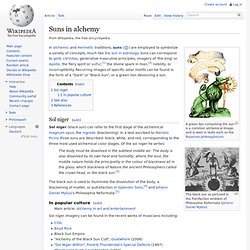
In alchemic and Hermetic traditions, suns ( Sol niger[edit] The black sun as pictured in the Putrifaction emblem of Philosophia Reformata (Johann Daniel Mylius). The body must be dissolved in the subtlest middle air: The body is also dissolved by its own heat and humidity; where the soul, the middle nature holds the principality in the colour of blackness all in the glass: which blackness of Nature the ancient Philosophers called the crows head, or the black sun.[3] The black sun is used to illuminate the dissolution of the body, a blackening of matter, or putrefaction in Splendor Solis,[4] and Johann Daniel Mylius’s Philosophia Reformata.[5] In popular culture[edit] Sol niger imagery can be found in the recent works of musicians including: See also[edit] References[edit] Jump up ^ Pamela Smith.Merchants and Marvels: Commerce, Science, and Art in Early Modern Europe.
Alchemy and Philosopher's Stone. Let the studious Reader have a care of the manifold significations of words, for by deceitful windings, and doubtful, yea contrary speeches (as it should seem), Philosophers wrote their mysteries, with a desire of veiling and hiding, yet not of sophisticating or destroying the truth; and though their writings abound with ambiguous and equivocal words; yet about none do they more contend than in hiding their Golden Branch.
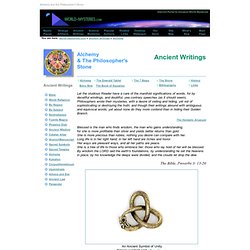
The Hermetic Arcanum Blessed is the man who finds wisdom, the man who gains understanding, for she is more profitable than silver and yields better returns than gold. She is more precious than rubies; nothing you desire can compare with her. Long life is in her right hand; in her left hand are riches and honor. Her ways are pleasant ways, and all her paths are peace. The Bible, Proverbs 3: 13-20 An Ancient Symbol of Unity Dragon pendant gold - Order Here >> The Dragon pendant is a version of the Gordian knot with an ouroboros dragon that bites his own tail. 1. The Seven Operations of Alchemy. The AZoth Ritual by Dennis William Hauck.

Squaring the circle. Squaring the circle: the areas of this square and this circle are equal.
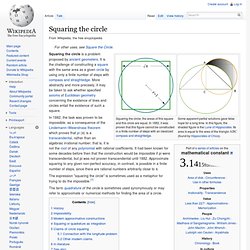
In 1882, it was proven that this figure cannot be constructed in a finite number of steps with an idealized compass and straightedge. Some apparent partial solutions gave false hope for a long time. The Gnostic Science of Alchemy Chapter Nine. Chapter Nine To understand Islam, we must look away from the urban centers of the late classical world.
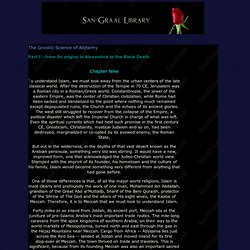
Alchemists' Guild. From A Wiki of Ice and Fire The Alchemists' Guild is an ancient society of learned men, sometimes called pyromancers, who have claimed many magical and arcane abilities through the years.
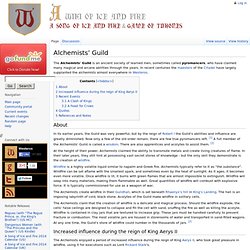
In recent centuries the maesters of the Citadel have largely supplanted the alchemists almost everywhere in Westeros. About In its earlier years, the Guild was very powerful, but by the reign of Robert I the Guild's abilities and influence are greatly diminished. Now only a few of the old order remain, there are few true pyromancers left. [1] A full member of the Alchemists' Guild is called a wisdom. At the height of their power, Alchemists claimed the ability to transmute metals and create living creatures of flame. Wildfire is a highly volatile liquid similar to napalm and Greek fire. The Alchemists create wildfire in their Guildhall, which is set beneath Rhaenys's hill in King's Landing.
Monolith. Chintamani Stones.